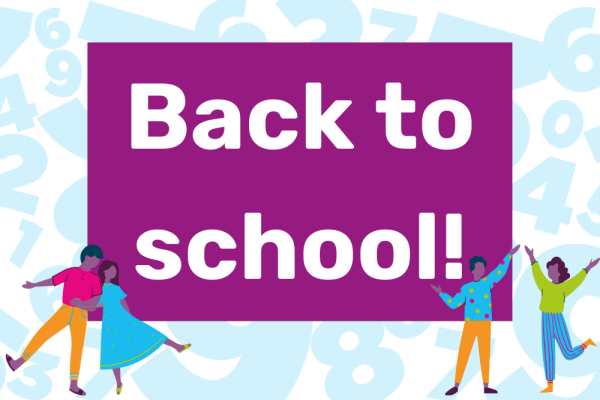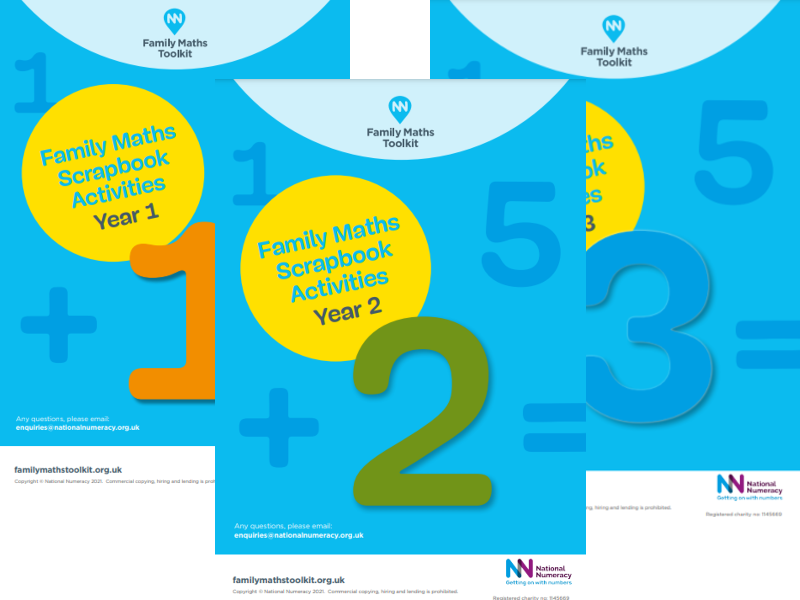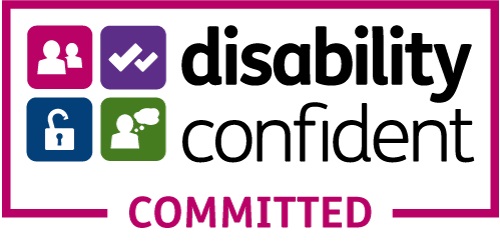1. Get to know your class, and where they are with their numeracy, in a relaxed and fun way
We’ve picked out some of our free Family Maths Toolkit activities that you could adapt for the classroom, to break the ice with your new class and see what individuals’ current learning levels are. Why not try out an activity designed for the year below, to see how they feel with something from the curriculum that should be familiar?
This is also a great way to familiarise the children with the Family Maths Toolkit activities, so they’re ready if you use them as homework!
You can download all of the Family Maths Toolkit activities by signing up for free here
2. Create a number-rich environment
A number-rich environment is one that helps children think about maths in their daily lives and routines. The ‘environment’ may be around the school, in the playground, or in the local area. Here are some suggestions you can use around the school:
- Start off small – add maths questions to displays around the school.
- Involve children in writing questions and looking for the maths around them.
- Make opportunities for whole-school involvement in the maths activities, e.g. whole-school assemblies to discuss answers to the questions on display boards.
3. Hold a “maths morning” for parents
Engaging parents & carers with maths learning can have a huge impact on their children’s attainment – and there is evidence that children are more motivated to learn about maths when their parents talk with them about numeracy in everyday life. But parents & carers often don’t feel confident about maths themselves, and are anxious that the methods taught in schools are now too different from how they learned as children.
Why not invite them in for a maths morning or afternoon, and show them what kinds of thing their child will be learning over the year? You could use some of the Family Maths Toolkit activities to show what you’ll cover, and even get them to have a go themselves. This also means that if you set activities as homework, the adults will already be familiar with the content and style.
4. Make links to numeracy across the curriculum
Developing cross-curricular links is a great way to get children thinking about maths outside of numeracy lessons and noticing it in their everyday world. Here are some ways you can do this:
- Use events in the school to consider how much maths is linked to them, e.g. winter fairs and sports day.
- Work with the children to add maths questions to display boards for other curriculum areas that connect to the topic, e.g. for a board about the rainforest you could have a question about rainfall and how that adds up over time.
- Use topics as themes: in history topics you could discuss timelines, in geography topics you could look at graphs or maps, and in music topics you could discuss musical beats.
5. Put together a "maths trail"
When children are exploring where maths is in their lives, a useful question to ask is: “Where’s the maths in that?”
Maths trails are a wonderful way to take anything in our environment and use questions to encourage kids to think about how maths is underneath all that we do. There are a couple of ways to do this:
- Ask the students what kind of shapes they can spot in the playground – how many can they find?
- Create a booklet using photos from around the school, with questions beside the photos. Children can then use these in groups or pairs, during or outside of maths lessons. For example, you could have a photo of a bench and ask them to estimate how many children could sit there, how they would work it out if there was only two of them, and how the answer might change if it was adults instead.
- Give children a photo from around the school and ask them to write questions that link maths to what they can see.
- Extend it to the local environment outside of school, where parents & carers can engage too – or prepare a maths trail before going on a school trip, for the children to take part in whilst they’re there!
6. Share activities in your school's newsletter
If you have a regular school newsletter, you could include a free maths activity for kids to try with their parents at home. Our Family Maths Toolkit even includes some holiday-themed resources – perfect additions for seasonal mail-outs!
7. Sign up to the National Numeracy newsletter
To keep up to date with any resources we release, parental engagement project places, or plans and activity for National Numeracy Day, you can sign up to our newsletter.






